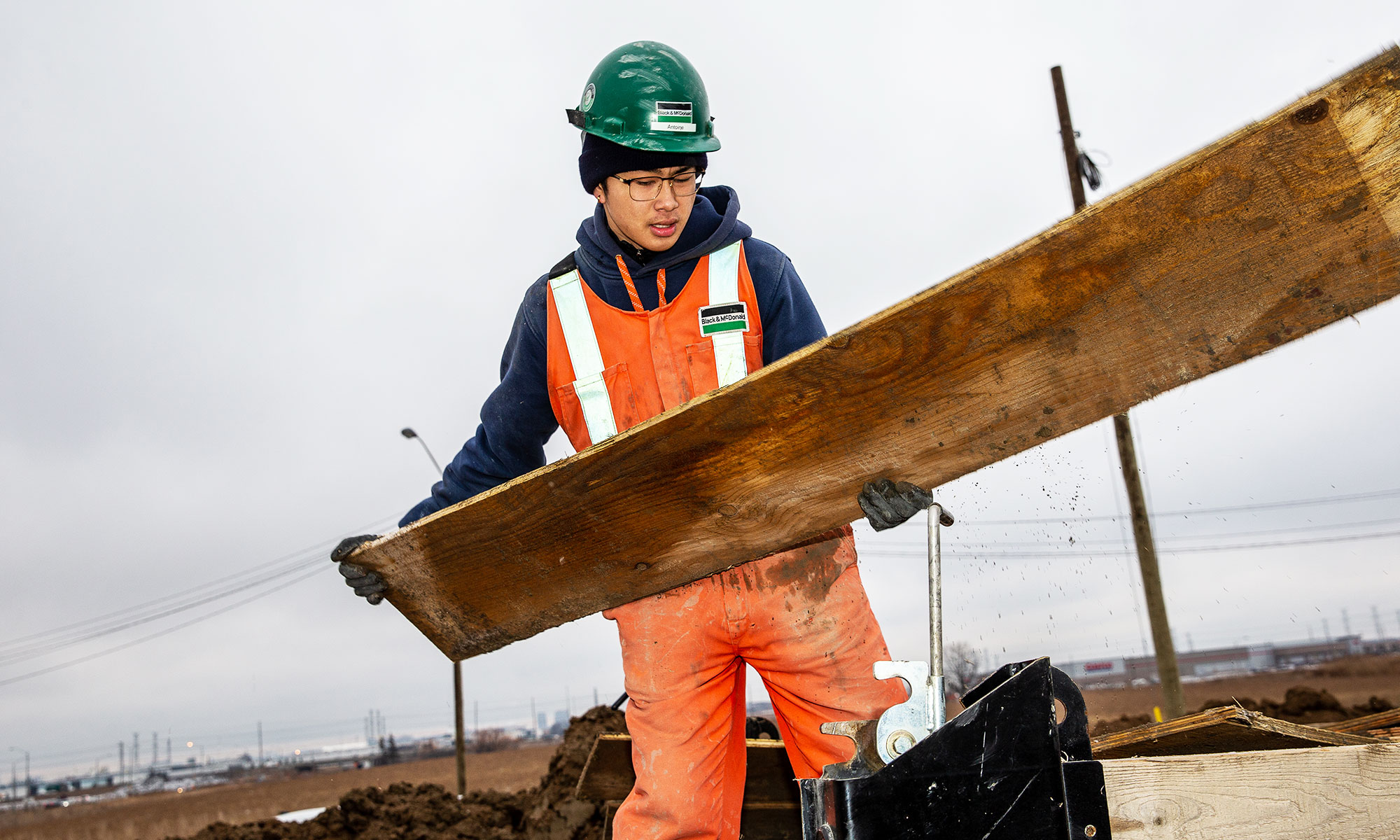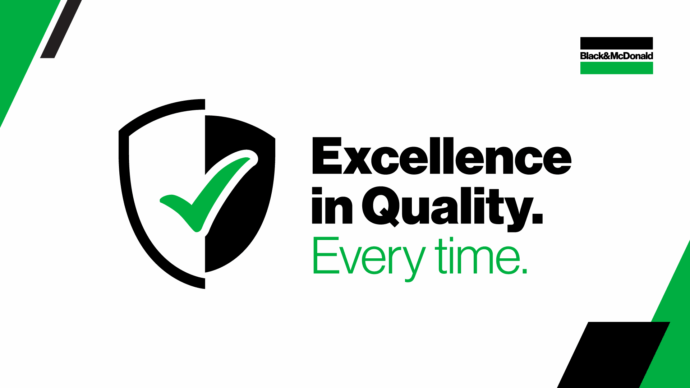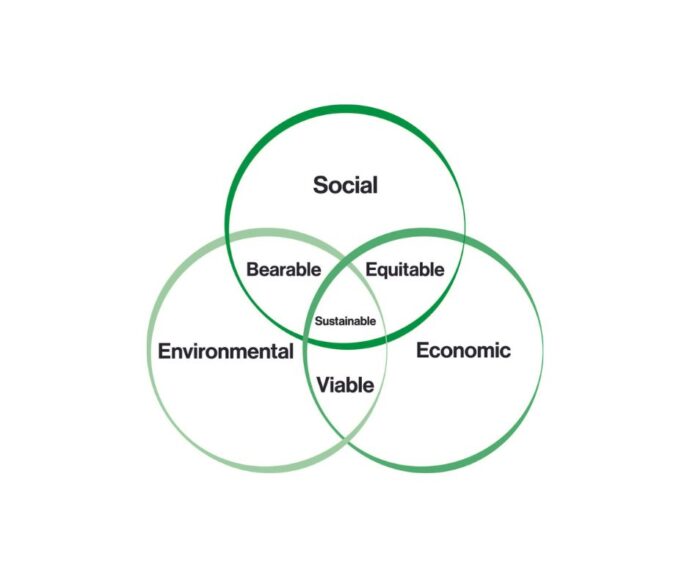If you’ve needed a factory-built new machine or had an appliance break down, you know how the global supply chain for commercial construction companies has been held up due to COVID-19-related delays. Early in the pandemic, when factories around the world were shuttered, a shock wave reverberated through world trade. The Industrial, Commercial and Institutional (ICI) construction sector was not spared.
The COVID-19 home renovation boom is also driving up commercial construction contractors’ costs, which is another point of concern. Though many projects continued, the ICI supply chain saw delays, scarcity and surging costs. Since March 2020, lumber, steel, gypsum, glass, copper, aluminum and other materials used by commercial contractors have experienced steady increases in global prices.
Besides struggling to maintain safe and productive worksites, construction and maintenance project managers must be more proactive and nimble to safeguard construction contractors’ supply chain and to keep projects profitable and on schedule. It can be quite a challenge—but here are three ways to minimize the impact on your projects.
Communicate early and often
Don’t hide in your shell. Make sure you stay on top of the local and global conditions and health recommendations as the pandemic continues. Keep the lines of communication open between the contractors, facility or institutional leaders, suppliers, unions, and all the other stakeholders. Ensuring an open and transparent approach to communication will prevent surprises and allow you to pivot with rapid solutions whenever project management issues emerge. Staying on top of the developments will save you from snags and give you room to act (and react) before it is too late.
Adopt new modes and methods—now
If you haven’t joined the 21st century with your project, now is the perfect time. Your construction business should be digitizing your data and phasing paper systems out. Adopting an e-ticketingprocess will improve productivity, eliminate errors and accelerate workflows. E-ticketing offers real-time information to all participants in the entire commercial construction supply chain. In fact, the right enterprise system, such as Tread or ViewpointOne, can provide the platform for linking your data and tools with the Internet of Things—meaning that firms will never run out of materials and can operate smoothly while avoiding unsafe person-to-person contact. Embrace innovation with new technology, protect the supply chain and reap the rewards.
Update contracts and insurance policies
If you had not heard of a force majeure clauseprior to the pandemic, you should know all about it by now. Force majeure in law is the concept of unforeseeable circumstances that prevent a party from fulfilling all or part of an agreement. The potential to get wrapped up in a legal wrangle can be great if your construction company is caught unprepared. A project client may not have a contractual obligation to furnish the main contractor with additional costs caused by force majeure and that could lead to project paralysis. Clients are often disconnected from risk, subcontractors and cash flows. The pandemic is an opportunity for commercial construction companies to revolutionize this approach to protecting their supply chain and keeping projects moving and profitable.
In this climate, a more equitable sharing of risk may make more sense and allow a better handling of supply chain interruptions. Using an integrated project insurance solution can work. A project could join partners into a Special Purpose Vehicle under which all deliverables are held. The partners share the financial rewards and, with the right insurance policy, minimize risk by indemnifying partners for losses greater than an agreed amount. Being prepared with thoughtful agreements and risk-limiting insurance policies can ensure your project remains nimble, on schedule and profitable.
At Black & McDonald, our construction and maintenance experts are available to help you find opportunities, protect the profitability and reliability of your projects, and identify the best tailored solutions for meeting your ICI construction goals.





